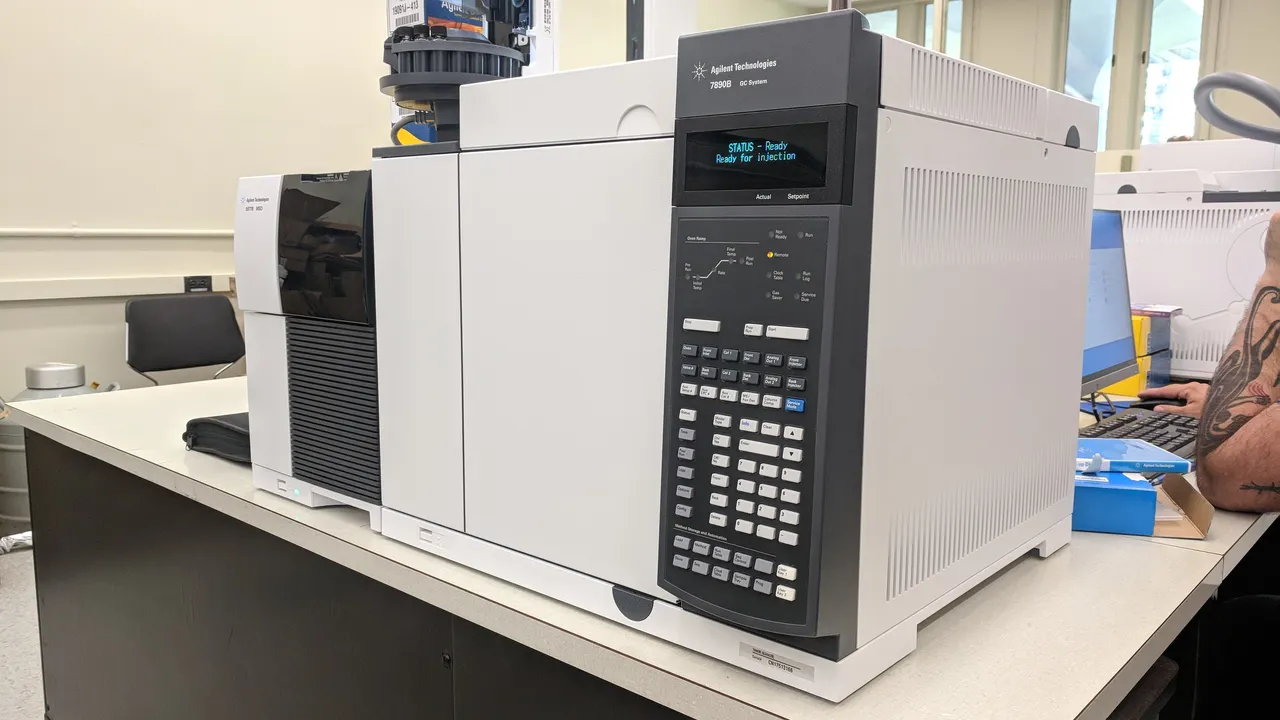What is a GC and how can you fix it?
Gas chromatographs are used in laboratories to identify compounds and measure their concentrations. These instruments can often get broken and cause a lot of frustration for the scientists that depend on them for their work.
When something goes wrong there isn’t always the option of calling a service person in. So what do you do?
I’m going to offer the way I always come at a system with an issue. It may seem overly simplified, but it has served me well over my 20+ year career. Don’t laugh!
Think of the instrument (GC especially) as smaller systems within the “big box”. Let’s pretend we are having an issue with a GC. We have:
- Auto Sampler (sample introduction)
- Inlet or injector (sample volatilization)
- Oven (separation)
- Detector (sample detection)

Inside of each of these systems, you can break it down even further, but I will keep it simple. From here we can also simplify our thought process surrounding the issue at hand. Let’s say we have high background signal and really have no clue where to start. Assuming there are no environmental or gas issues (think about when the issue started. After a tank change?).
- Let’s heat up the inlet and see what happens. Background doesn’t change, so it might be…
- The oven/column – Let’s heat that up. No change, so it might be…
- The detector – Let’s heat that up. The background rises. Voila!
Of course, not every issue is this easy due to multiple reasons, but this is a great starting point to save a lot of time and stress when you’re in a pinch!
Worst case, we Field Service people love a good riddle so you could call or email for a lifeline 🙂
